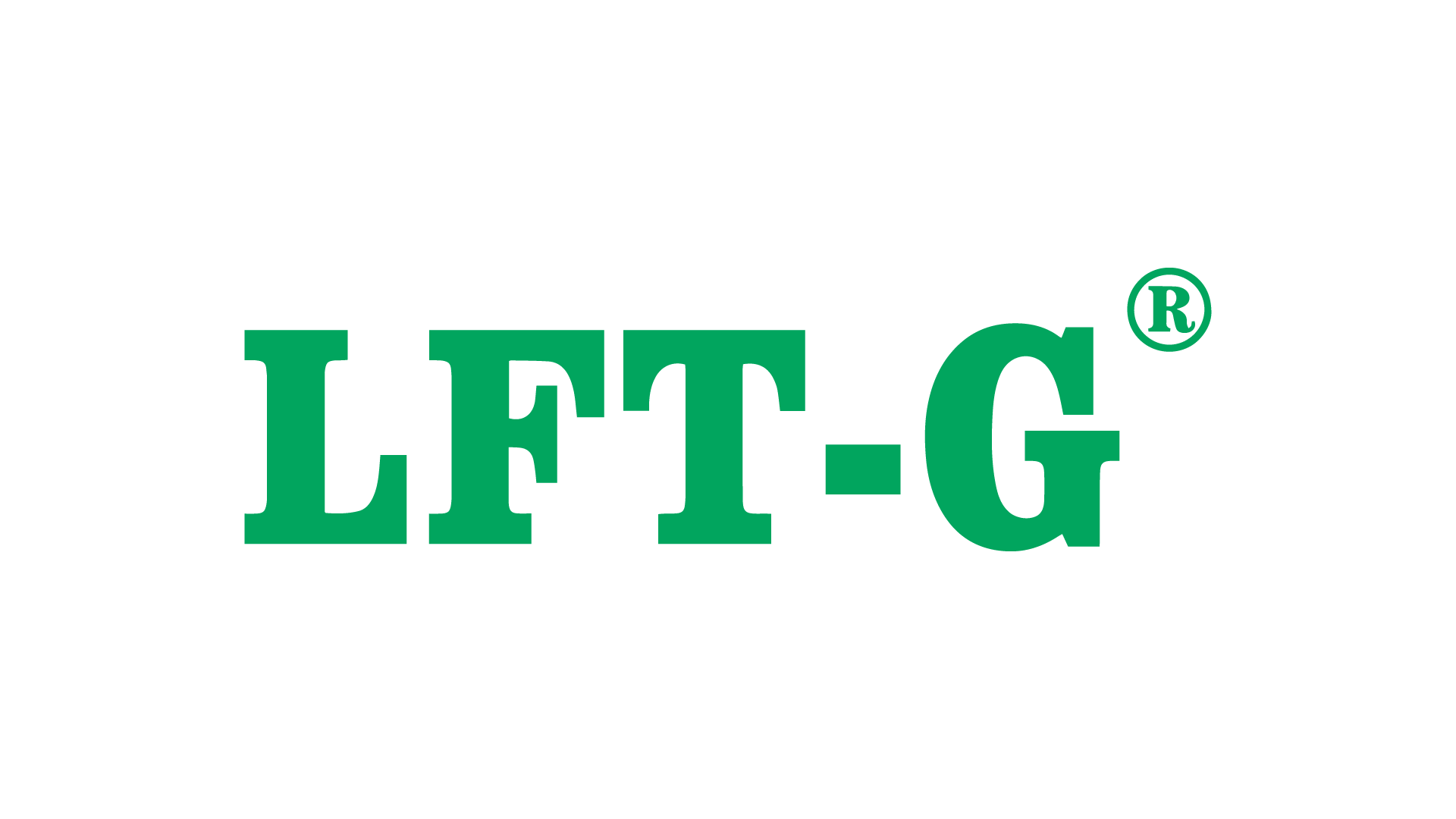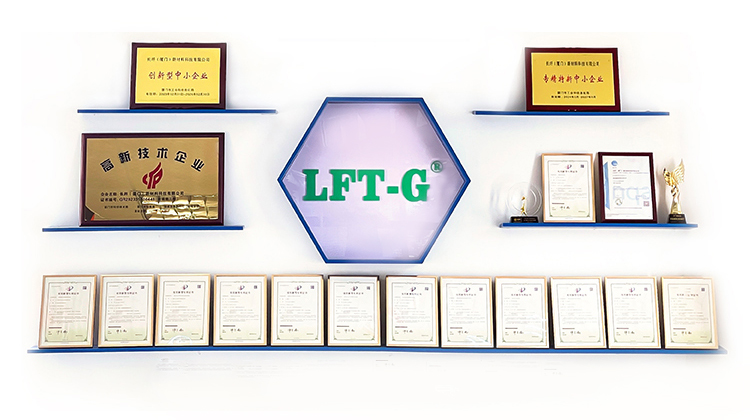ABS is widely used in injection molding because of its desirable properties.
ABS is widely used in injection molding because of its desirable properties.
item no.:
ABS-NA-LGFproduct origin:
ChinaColor:
Natural color or Customizedshipping port:
XiamenLead Time:
2-10 working days

|
Characteristic |
Unit |
Test Method |
Property Value |
|
Specific Gravity |
g/cm³ |
ASTM D-792 |
1.20 |
| Molding Shrinkage | % | ASTM D-955 | 0.1-0.3 |
|
Tensile Strength |
MPa | ASTM D-638 | 84 |
|
Tensile Modulus |
MPa | ASTM D-638 | 38492 |
|
Tensile Elongation |
% |
ASTM D-638 |
3.4 |
|
Flexural Strength |
MPa | ASTM D-790 | 111.7 |
|
Flexural Modulus |
MPa | ASTM D-790 | 7108 |
|
Notched Izod Impact |
KJ/m2 |
ASTM D-256 | 109 |
|
Notched Charpy Impact |
KJ/m2 |
ASTM D-4812 |
|
|
Deflection Temperature |
°C |
ASTM D-648 |
Overview
Glass fiber reinforced ABS modified plastic, as a kind of engineering plastic composite material, combines the advantages of ABS plastic (acrylonitrile-butadiene-styrene copolymer) and glass fiber, and significantly improves the properties of the material. It has a wide range of applications in many fields, especially in the automobile, electronics, home appliances and other industries, playing an irreplaceable role.
First of all, glass fiber reinforced ABS modified plastics have excellent strength and stiffness. Due to the filling of glass fibers, the mechanical properties of ABS plastics are significantly improved, enabling them to withstand higher mechanical stresses and shocks. This property gives glass fiber reinforced ABS modified plastics a significant advantage in the manufacture of parts that need to withstand heavy or high frequency of use, such as automotive parts, industrial equipment housings, etc.
Secondly, glass fiber reinforced ABS modified plastics have excellent heat resistance. In high temperature environment, pure ABS plastics are prone to deformation and performance decline, while glass fiber reinforced ABS modified plastics can maintain better stability and reliability. This makes it more adaptable in high temperature applications, such as automotive engine rooms, electronic equipment cooling parts, etc.
In addition, glass fiber reinforced ABS modified plastics also have good chemical resistance. It can effectively resist the erosion of a variety of chemical substances and maintain the stability of its structure and performance. This feature enables it to maintain excellent performance for a long time and extend the service life of the product in chemical, medical and other applications.
At the same time, the water absorption of glass fiber reinforced ABS modified plastics is lower. Compared with pure ABS plastic, it does not absorb water easily, so it can maintain stable performance in wet environments. This feature allows it to reduce performance degradation and damage caused by water absorption when used outdoors or in humid environments.
Finally, glass fiber reinforced ABS modified plastics also have good electrical insulation. In the electronics and electrical field, this property makes it ideal for the manufacture of electrical components, insulation materials, etc. It can ensure the stable operation of electronic equipment and improve the safety of products.
In addition to the above advantages, glass fiber reinforced ABS modified plastics also have a low surface floating fiber and a pure background color. This allows it to provide better visual effects when manufacturing products with higher appearance requirements. At the same time, its impact performance has also been verified by professional testing and analytical instruments to ensure stable and reliable performance.
In summary, glass fiber reinforced ABS modified plastics have many advantages, including excellent strength and stiffness, excellent heat resistance, good chemical resistance, low water absorption, good electrical insulation and stable performance. These advantages make it have a wide range of application prospects in many fields, and can meet the needs of different industries for high-performance materials.
PBT vs ABS: Which one is better?
The choice between PBT vs ABS depends on various factors, including the specific application, environmental conditions, desired properties, and cost considerations.
- PBT's strengths are its high strength, stiffness, dimensional stability, and chemical resistance. Often, people prefer it in applications such as automotive parts, electrical connectors, and appliances where these properties are critical. However, it is essential to note that PBT may be more expensive than ABS.
- ABS, on the other hand, excels in impact resistance, toughness, and processability. It finds applications in various industries, including automotive components, consumer goods, toys, and electronic enclosures. ABS is generally more cost-effective than PBT, making it a popular choice when balancing performance and affordability is crucial.
Ultimately, the selection between PBT vs ABS should base them on a comprehensive evaluation of the specific requirements, including mechanical, thermal, chemical, and electrical properties and budget considerations.
*An example of the choice between PBT vs ABS can be seen in electronic enclosure manufacturing. PBT may be preferred if the section requires high strength and dimensional stability. However, if impact resistance and affordability are more critical factors, ABS would be a better choice. The decision would depend on the specific requirements and budget of the project.
Xiamen LFT has capabilities to provide assistance to you throughout an entire product launch - through product discussion, performance analysis, composite selection, composite pellet production, after-sales tracking. In addition, we provide guidance on injection molding techniques
